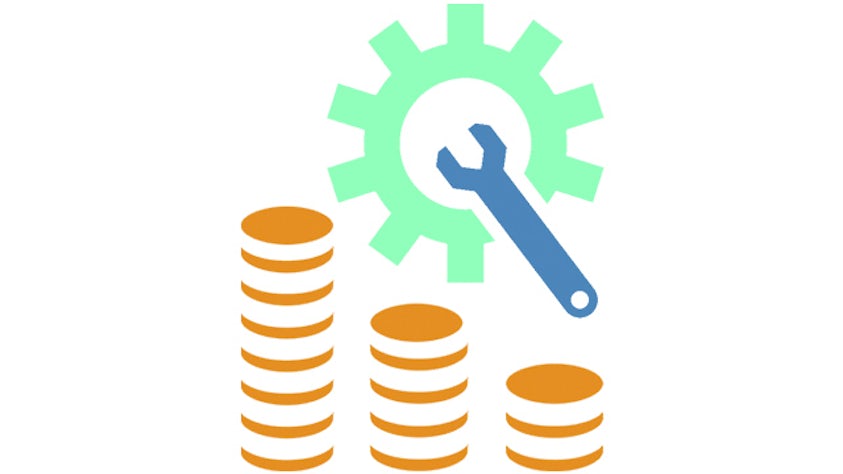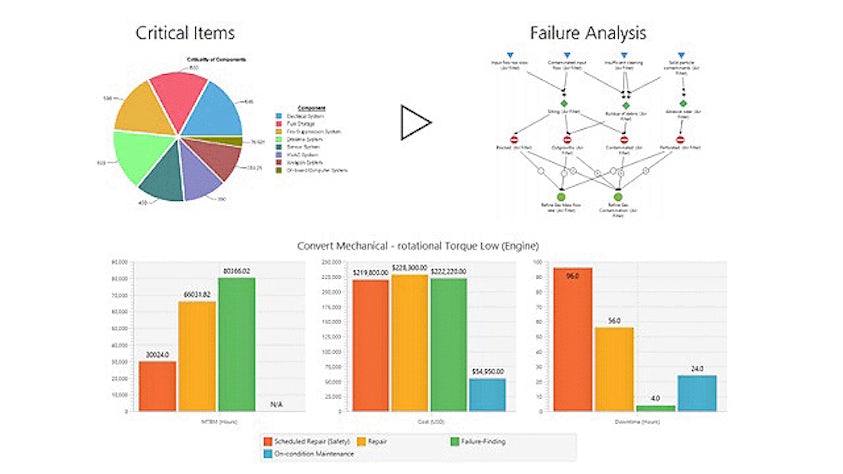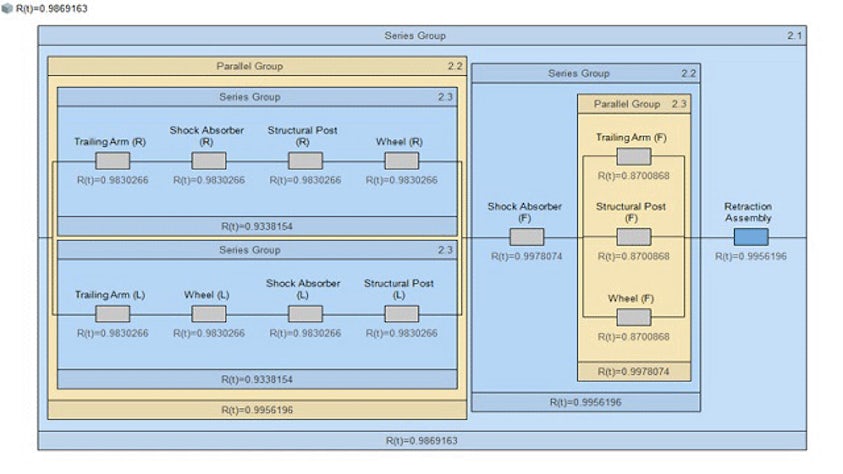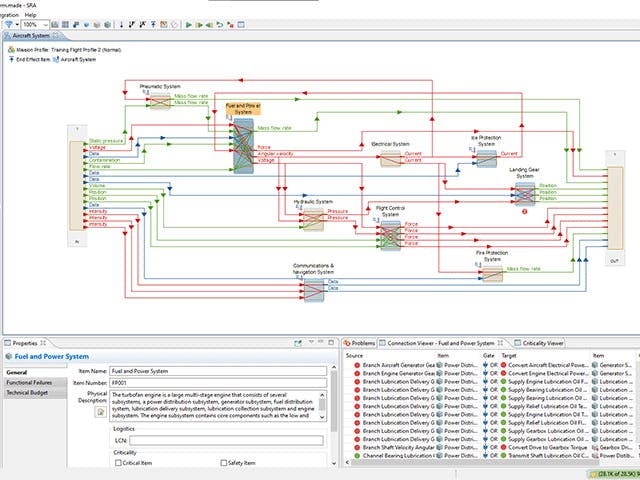Enable analysis and trade studies of sustainment costs based on the design configuration, associated mission profile, operating environment and maintenance approach. Establish accurate cost estimates for the system, subsystems and key assemblies of an asset. Use these estimates to compare maintenance-related through-life costs for alternative maintenance concepts, ensuring informed decision-making and optimized cost management.






